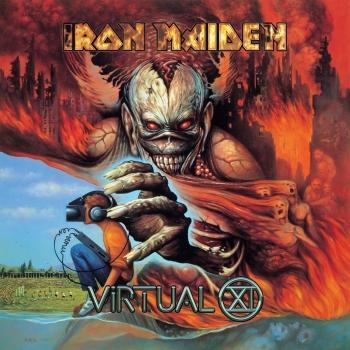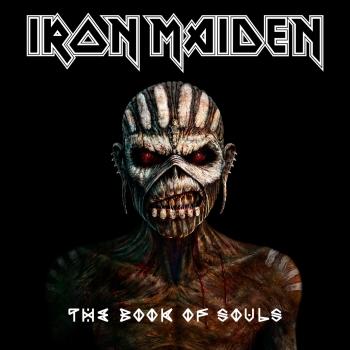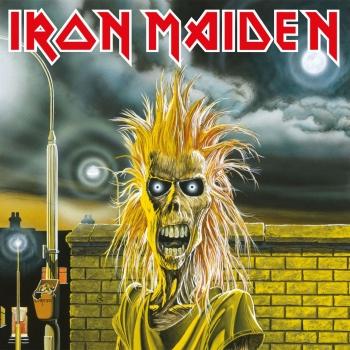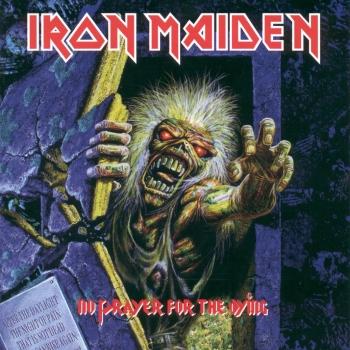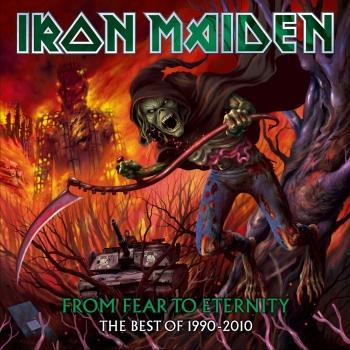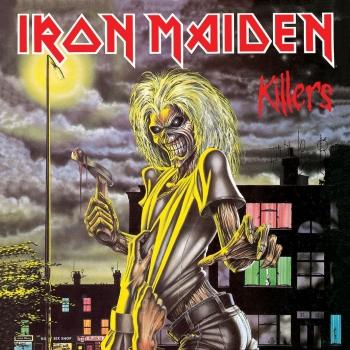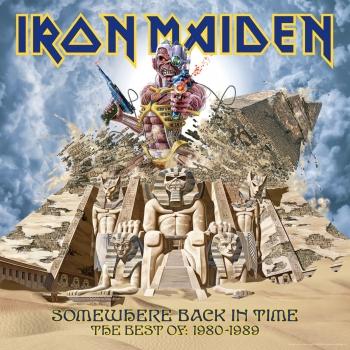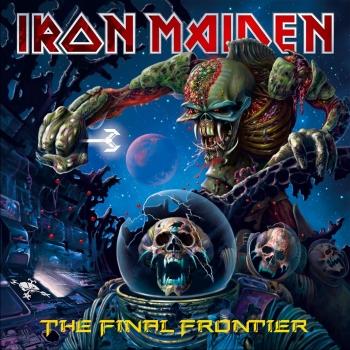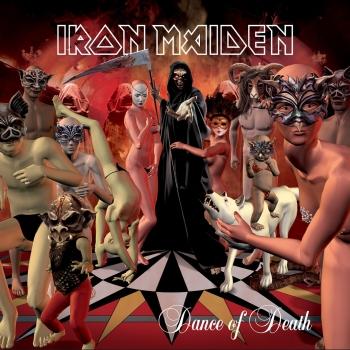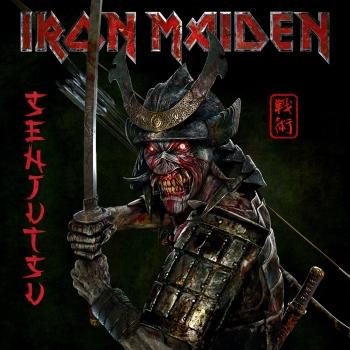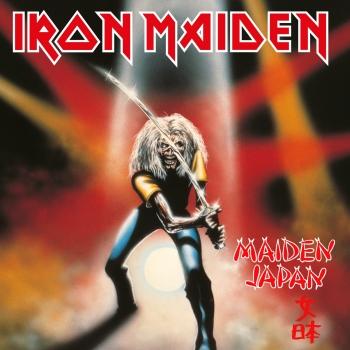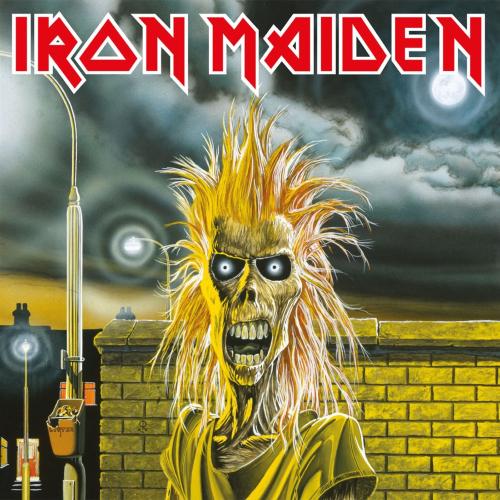
Iron Maiden (2015 Remaster) Iron Maiden
Album info
Album-Release:
1980
HRA-Release:
09.09.2020
Album including Album cover
I`m sorry!
Dear HIGHRESAUDIO Visitor,
due to territorial constraints and also different releases dates in each country you currently can`t purchase this album. We are updating our release dates twice a week. So, please feel free to check from time-to-time, if the album is available for your country.
We suggest, that you bookmark the album and use our Short List function.
Thank you for your understanding and patience.
Yours sincerely, HIGHRESAUDIO
- 1 Prowler (2015 Remaster) 03:55
- 2 Remember Tomorrow (2015 Remaster) 05:28
- 3 Running Free (2015 Remaster) 03:17
- 4 Phantom of the Opera (2015 Remaster) 07:21
- 5 Transylvania (2015 Remaster) 04:04
- 6 Strange World (2015 Remaster) 05:47
- 7 Charlotte the Harlot (2015 Remaster) 04:13
- 8 Iron Maiden (2015 Remaster) 03:34
Info for Iron Maiden (2015 Remaster)
Iron Maiden is the eponymous debut studio album by English heavy metal band Iron Maiden. It was released on 14 April 1980 in the United Kingdom by EMI Records and in the United States by Harvest and Capitol Records. The North American version included the song "Sanctuary", released in the UK as a non-album single. In 1998, along with the rest of the band's pre-1995 releases, Iron Maiden was remastered with "Sanctuary" added in all territories. However, 2014 vinyl reissues, 2015 digital releases and 2018 CD reissues use the original track listing across the globe. It is the band's only album to feature guitarist Dennis Stratton.
"There may be no better place to hear how both punk and prog rock informed the New Wave of British Heavy Metal than Iron Maiden's self-titled debut. Often overlooked and overshadowed by the glorious Bruce Dickinson years, it's easy to forget that Iron Maiden was itself a game-changer when it appeared on the scene in 1980. That year also saw important albums from Motörhead, Saxon, and Angel Witch, but Iron Maiden vaulted its creators to the head of the NWOBHM pack, reaching the U.K. Top Five and establishing them as an outfit with the talent to build on Judas Priest's late-'70s innovations. On the one hand, Maiden was clearly drawing from elements of punk rock -- the raw D.I.Y. production, the revved-up velocities, and the vocals of rough-and-ready growler Paul Di'Anno, who looked and sounded not like a metal god, but rather a short-haired street tough. On the other hand, Maiden had all the creative ambition of a prog rock band. Compositionally, even their shortest and most straightforward songs featured abrupt changes in tempo and feel. Their musicianship was already light years beyond punk, with complicated instrumental passages between guitarists Dave Murray and Dennis Stratton and bassist Steve Harris. When Murray and Stratton harmonize their leads, they outdo even Priest's legendary tandem in terms of pure speed. The lyrics have similarly high-flying aspirations, spinning first-person stories and character sketches with a flair for the seedy and the grotesque. Add it all up, and Iron Maiden performs the neat trick of reconciling two genres seemingly antithetical to one another, using post-Priest heavy metal as the meeting ground. The seven-minute "Phantom of the Opera" is a landmark, the band's earliest progressive epic and still among its best; with its ambitious fusion of musical styles, its multi-sectioned construction, and the literary retelling of the lyrics, it seemed to encapsulate all the promise of both the band and the NWOBHM. Two of the simpler, punkier rockers, "Running Free" and "Sanctuary" (the latter left off the U.K. version but added to subsequent reissues), made the lower reaches of the British singles charts. The flasher tale "Prowler," one of the band's more enduring numbers, is in the same vein, but ups the instrumental complexity, while the title track still remains a concert staple. Elsewhere, the band offers the first of many instrumentals with "Transylvania," introduces the recurring title character of "Charlotte the Harlot," and reimagines Judas Priest's "Beyond the Realms of Death" with the "ballad" "Remember Tomorrow," which starts out soft but closes with a speed-freak guitar section. Perhaps the only hint of a misstep comes on the more restrained ballad "Strange World," the only song from this album that was never re-recorded in a live or alternate version by the Dickinson lineup. Nonetheless, the whole project explodes with energy and ideas, and while the band would certainly go on to refine much of what's here (including the cover painting of mascot Eddie), Iron Maiden would still rank as a landmark even if the Dickinson years had never happened." (Steve Huey, AMG)
Paul Di'Anno, vocals
Steve Harris, bass, backing vocals
Dave Murray, guitar
Dennis Stratton, guitar, backing vocals
Clive Burr, drums
Digitally remastered
Iron Maiden
was formed in the year 1976 by bassist Steve Harris. They released their first album in 1980 as a five piece band with Paul Di’Anno on vocals. Later, Bruce Dickinson replaced him in 1981. With several line-up changes Steve Harris would remain the only original member never to have had a hiatus. When Bruce Dickinson quit in 1994 and was replaced by Wolfsbane’s Blaze Bayley, the band lost a lot of their fanbase. They recorded two albums with Blaze before Bruce Dickinson and Adrian Smith returned to the fold for 2000’s “Brave New World”, and 2003’s “Dance of Death”, making them a six-piece. As of 1999 the line-up hasn’t changed. Here’s the biography of this popular band.
Known for such powerful hits as “Two Minutes to Midnight” and “The Trooper,” Iron Maiden were and are one of the most influential bands of the heavy metal genre. The often-imitated band has existed for over nearly four decades, pumping out wild rock similar to Judas Priest. Iron Maiden have always been an underground attraction; although failing to ever obtain any real media attention in the U.S. (critics claimed them to be Satanists due to their dark musical themes and their use of grim mascot “Eddie”), they still became well-known throughout the world and have remained consistently popular throughout their career. Iron Maiden were one of the first groups to be classified as “British metal,” and, along with Black Sabbath, Led Zeppelin, and a host of other bands, set the rock scene for the ’80s.
Band Members:
Vocals:
Paul Mario Day (1975-1976)
Dennis Wilcock (1976-1977)
Paul Di’Anno (1978-1981)
Blaze Bayley (1994-1998)
Bruce Dickinson (1981-1993 and 1999-present)
Drums:
Barry “Thunderstick” Purkis (1977)
Doug Sampson (1977-1979)
Clive Burr (1980-1982)
Nicko McBrain (1982-present)
Guitar:
Dave Murray (2) (1976-present)
Dennis Stratton (1979-1980)
Adrian Smith (2) (1980-1990 and 1999-present)
Janick Gers (1990-present)
Bass:
Steve Harris (1975-present)
Keyboards:
Michael Kenny (1986-present) (Live performances only, not a full member)
This album contains no booklet.







